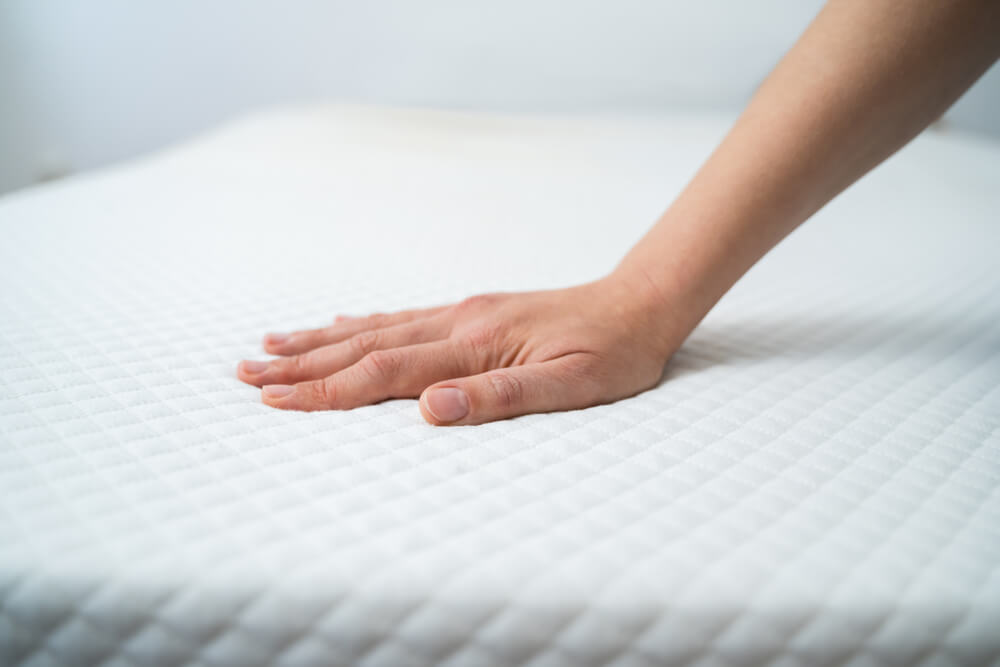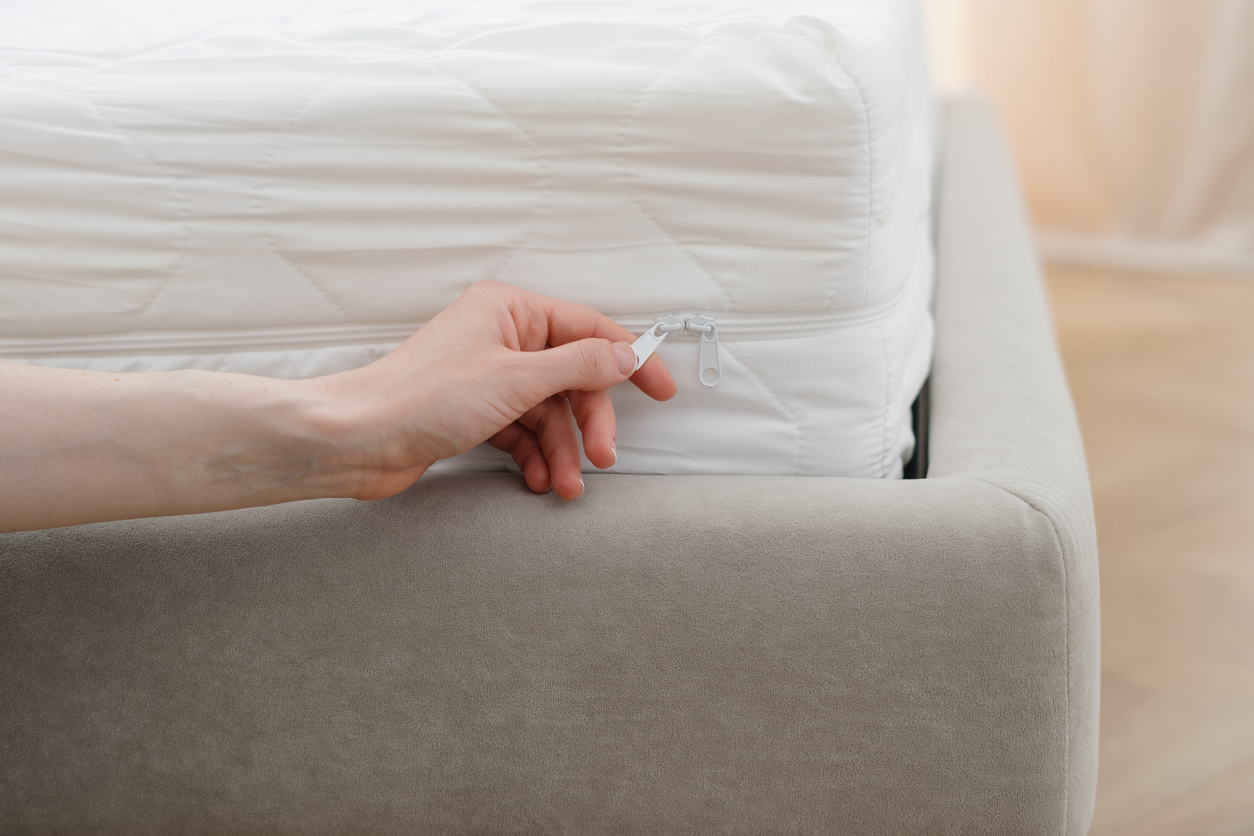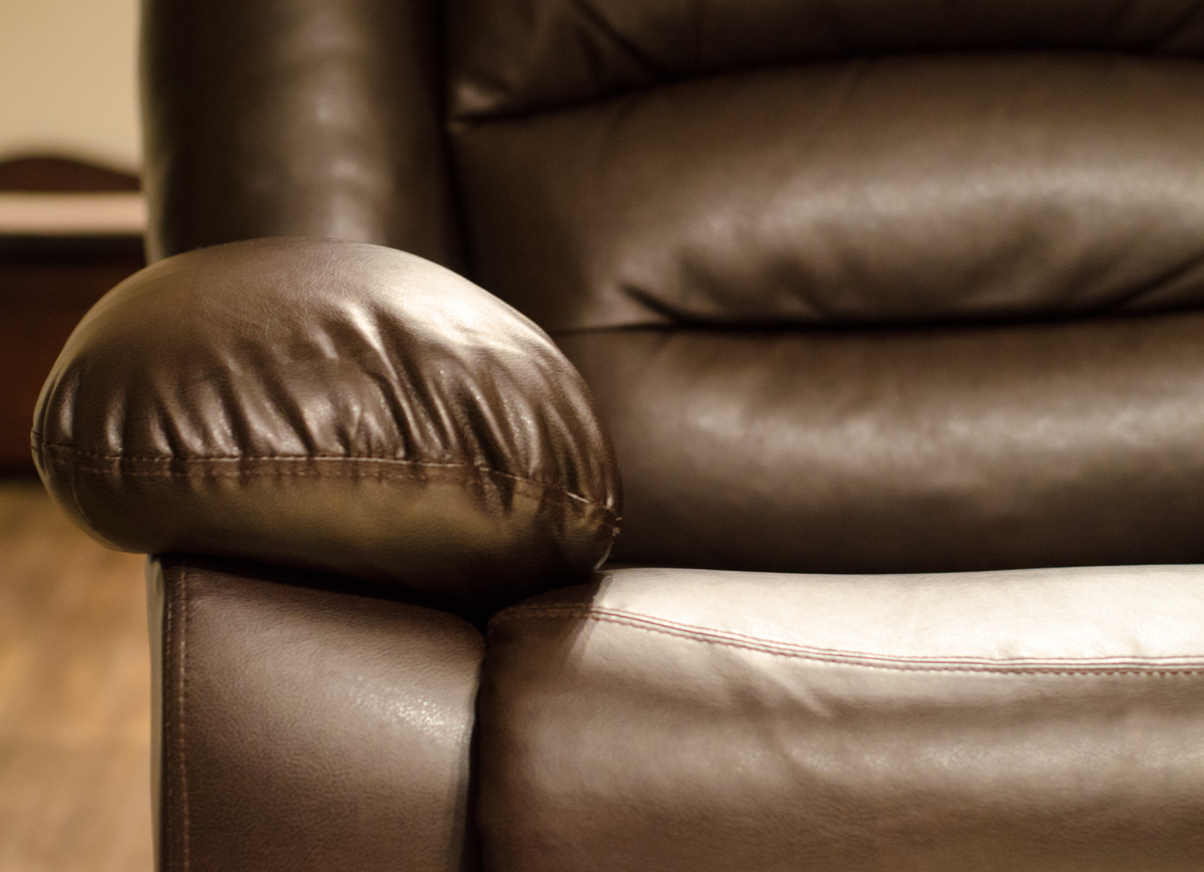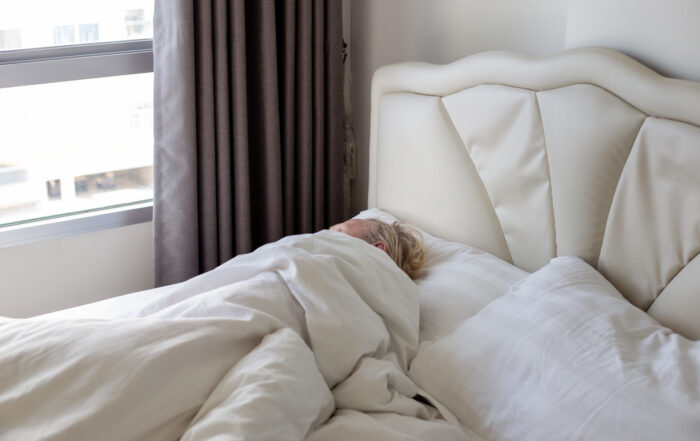How to Clean a Memory Foam Mattress
Social Links
Lap-top computers, freeze-dried fruit, Air sneakers – we have a lot to thank the engineers at NASA for when it comes to everyday items that improve our lives. But for adding a little luxury, perhaps the one we should be most grateful for is memory foam, specifically, memory foam mattresses.
There’s nothing quite like the cocooning feeling of a memory foam mattress, shaping itself to the contours of your body. And, like many products given to us by the folks at NASA, these mattresses are built to last, provided they are looked after properly.
Fortunately, that’s not very difficult, but there are few things you should and shouldn’t do to protect the integrity of your mattress and ensure it stays in good condition for as long as possible.
Quick links:
How does memory foam mattress work?
Originally developed for airline passenger seats, memory foam is a visco-elastic foam made with polyurethane, a man-made substance derived from crude-oil products. It’s extremely flexible yet retains its structural memory, which means it can be folded, bent or deformed over and over and still return to its original shape.
It also has a slow response time and low resistance, which is what gives memory foam its “cocooning” ability. It uses the body’s heat to soften, supports weight evenly and eliminates pressure points, making it well suited for many people with arthritis or back pain, or for anyone who spends a lot of time in bed.
Keeping it clean
Fortunately, memory foam already has many qualities that make it easy to keep clean. Its dense structure deters dust mites and inhibits the growth of bacteria and other micro-organisms.
However, memory foam still needs some maintenance, and the best way to keep it clean and hygienic is to protect it from spills in the first place. If looked after, a good mattress can last for many years so it’s worth a small amount of effort to make sure it maintains its quality. Some of the steps you can take include:
Invest in a mattress cover
Mattress covers create an extra barrier between you and the mattress, protecting it from dirt, dust, food and other debris. Most can be machine washed and dried, and some are waterproof, providing extra protection against incontinence or excessive sweating. Mattress covers are an inexpensive way of protecting your mattress without compromising its comfort or support.
Don’t eat or drink in bed
Comfortable as it may be, try and avoid taking your meals in bed. Food is notoriously difficult to get out of fabrics, and spilled drinks like tea, coffee and wine will easily stain, especially if they dry before you notice them. If you must eat in bed, use a tray or towel over your lap and drink liquids with a straw if possible.
Don’t smoke in bed
Because of its porous structure, memory foam retains odours that linger in the air, and the only way to remove the smell is to deep clean the mattress (see instructions below). To prevent this, avoid smoking in the bedroom altogether, and if you can’t, be sure to open a window and leave it open for a while afterwards.
Don’t allow pets on the bed
Like humans, dogs and cats shed skin and hair, releasing odours and bacteria which can permeate the mattress and irritate allergy sufferers. If they must sleep on the bed, put a protective layer like a towel or old blanket on first, and give them a regular brush to remove excess hair.
Avoid overheating
Excess sweating at night is one of the most common causes of staining and odour build up in mattresses. Sleep scientists recommend the ideal temperature for sleep is between 15 and 190C, so if you can, adjust your thermostat to dip slightly at night. If not, try sleeping with a window slightly open or choose bed sheets in a breathable fabric such as cotton, linen or even bamboo.
Cleaning guide
The main weakness of memory foam is its vulnerability to heat and water. You should never machine wash memory foam, as this will damage the fibres and cause it to lose its structural memory – it may also become lumpy and uncomfortable.
For the same reason you should never steam clean memory foam or let it get too wet. Damp fabric attracts bacteria and mould. Using a steam cleaner may also affect the warranty on your mattress.
Before any kind of cleaning, check the care instructions on the label as some chemicals may damage the foam. Then, depending on what kind of cleaning you require, follow the steps below:
Spot cleaning
When spills occur it’s best to deal with them straight away. To avoid staining, follow these steps as soon as you notice the spillage:
- Use a towel or cloth to mop up as much liquid as possible. Use a dabbing motion rather than wiping to avoid spreading the stain.
- Sponge the area with a damp cloth. For stubborn spots, try a mild detergent or soap (such as dishwashing liquid) and use gentle, small, circular motions to lift the stain.
- Remove all detergent or suds with another damp cloth.
- Allow the mattress to dry completely before putting sheets back on it.
Regular cleaning
Even if you can’t see any dirt or stains, regular maintenance will ensure your mattress feels and smells fresh and prevent allergens from building up:
- Wash your sheets once a week. Use the highest temperature they can tolerate – ideally 600C – to kill bacteria and mites, or use laundry bleach. Tumble dry them on a high heat for 45 minutes, or make use of the sun’s natural antibacterial rays by hanging them outside. If you have a mattress protector, wash it every three to four months, according to its instructions.
- While the sheets are off, give your mattress a vacuum using an upholstery attachment (if the attachment’s looking a bit grubby, wash it in warm soapy water first). This will remove dust, dirt, crumbs, mites, hair and dead skins cells. Do the sides as well, and underneath if you’re able to prop it up.
- Allow the mattress to air for a little while before making the bed again.
Deep cleaning
It’s recommended that you deep clean your memory foam mattress every six months or so to keep it hygienic and fresh:
- Repeat steps 1 and 2 from the regular cleaning guide, then check your mattress for any old or dried out stains. Use the spot cleaning method to remove them, but don’t allow the spot to become too wet.
- Consider an odour neutralising spray for fabric. Some sprays are also anti-microbial, while others may substitute an artificial smell. Follow the product’s instructions regarding coverage and drying time.
- If you have a memory foam pillow, use the same spot cleaning methods and air it out regularly. If you need to, give it a deep clean by submerging it in warm, soapy water, then in clean water to rinse, and allowing it to air dry.
- Once your mattress is completely dry, you can remake the bed. Memory foam mattresses don’t need turning, so return it to the same position as before.
Drying
If possible, time any mattress cleaning for early in the day to allow it the maximum amount of time to dry. Open a window for it to air, or even take the mattress outside to dry in the sun. You could turn on a fan if you have one.
Natural cleaning methods
If you prefer to use natural cleaning methods on your mattress, there are several ingredients you can use that are readily available in your home. For example:
- White vinegar works well as a stain remover, especially on dried out stains and sweat marks. Fill a spray bottle with equal parts vinegar and water, or make your own Remember, however, that vinegar does have a smell of its own.
- If you want to use essential oils for cleaning a mattress, add a few drops of your favourite scent to your water and vinegar mix. Lavender, eucalyptus or peppermint are great options, but use any you like. Spritz it all over the mattress and leave it to dry.
- Baking soda is a traditional way to absorb any lingering odours and get your mattress white again. Use a sifter to sprinkle it over the entire surface, then leave it for a few hours before vacuuming it off.
The bottom line
Buying a memory foam mattress is one of the best investments you can make for yourself or a loved one. Even if you don’t experience any specific health conditions, the support and comfort it provides will not only improve your sleep, but will also have a significant impact on your quality of life during the day.
The best way to make the most of your investment, and to prolong its life as much as possible, is to look after it – firstly by protecting it from damage, and secondly by removing any foreign substances quickly and regularly. Your joints and your lungs will thank you for many years to come!
*This website contains general medical information. The medical information is not advice and should not be treated as such. Read our full Medical Disclaimer here.



